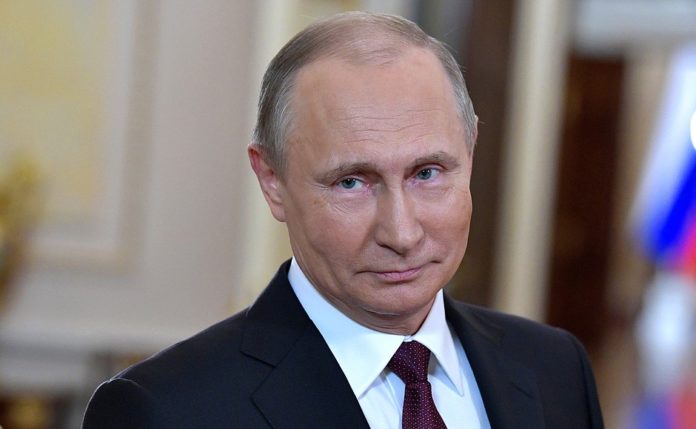Stocks danced a jittery tango this morning, bouncing between minor gains and losses. Investors were wrestling with the repercussions of a tumultuous weekend in Russia and anxieties over the economic forecast, following last week’s market setback.
The Dow and S&P both dipped by 0.1% while the Nasdaq Composite ticked 0.2% lower.
Last week saw the S&P breaking its five-week winning streak with a drop, while the Dow and Nasdaq Composite also took a step back. The two indexes hit their highest levels in 14 months several weeks ago.
“So far, the markets appear to be taking a wait-and-see attitude toward the weekend’s eye-opening developments in Russia. But that element of geopolitical uncertainty unfolded just as the stock market suffered its first down week since mid-May as the Fed stuck to its hawkish script on interest rates,” noted E-Trade managing director Chris Larkin.
A sudden halt in the mutiny led by Yevgeny Prigozhin over the weekend caused gold futures to rise slightly and the yield on the 10-year Treasury to drop. This followed an abrupt halt in the rebellion by Prigozhin’s Wagner Group troops against Russian President Vladimir Putin, who was headed for Belarus.
While the overall response in the financial markets was fairly understated, analysts hinted that Putin’s perceived weakness might fan the flames of market volatility.
Tom Essaye, the founder of Sevens Report Research, said, “Looking forward, obviously this injects more geopolitical uncertainty into the world, but as long as commodity prices don’t spike higher, the markets will largely ignore Russian political volatility.”
Concerns about the global economy continued to brew following a significant drop in Germany’s Ifo business climate index for June, which is a key measure closely watched by economists.
Several interest rate hikes by European central banks last week only added to the growth concerns. Meanwhile, Fed Chair Jerome Powell’s Congressional testimony confirmed that a “strong majority” of policymakers were eyeing two more quarter-point rate increases, despite the Fed’s recent decision to keep its fund rate unchanged.
“Every inflation data point will be closely scrutinized,” warned Chris Larkin of E-Trade, especially with Powell hinting that the fight against inflation is far from over and the Fed could potentially increase rates by another 0.5%.
Upcoming data that will be under the microscope includes:
Friday’s personal-consumption expenditures index (PCE deflator) – the Fed’s favorite inflation metric – and next week’s June jobs report. Both reports will help determine whether last week’s market pullback remains just a hiccup or morphs into something more serious.
Keep in mind, too, that the summer tends to be a seasonably weak period for bulls. The S&P’s worst months over the last 20 years have been January, June, and September. With equities bucking the trend and rampaging higher through June, seasonal bearishness could easily lead to a worse-than-expected correction as the S&P reverts to its average summer performance.








